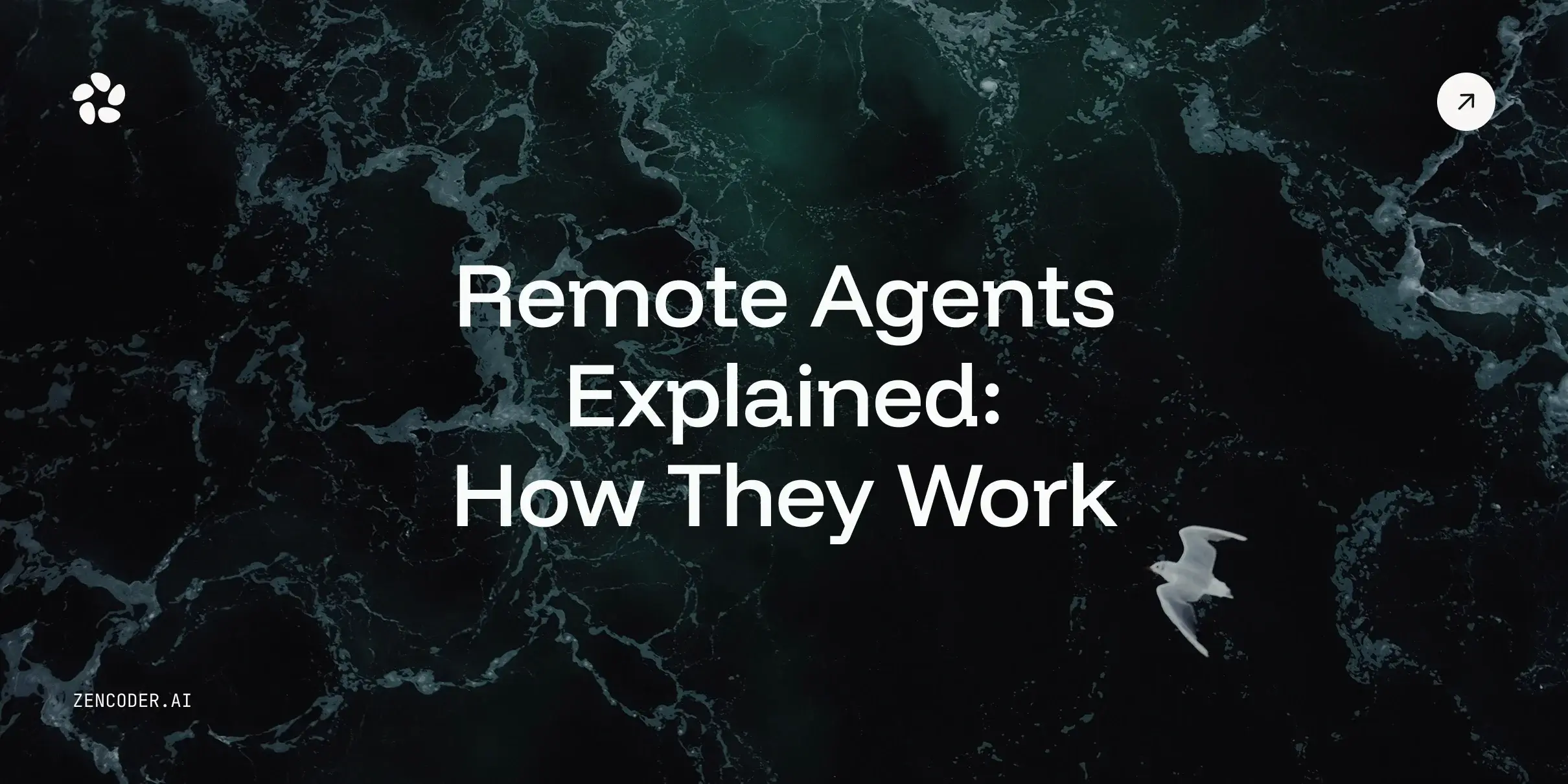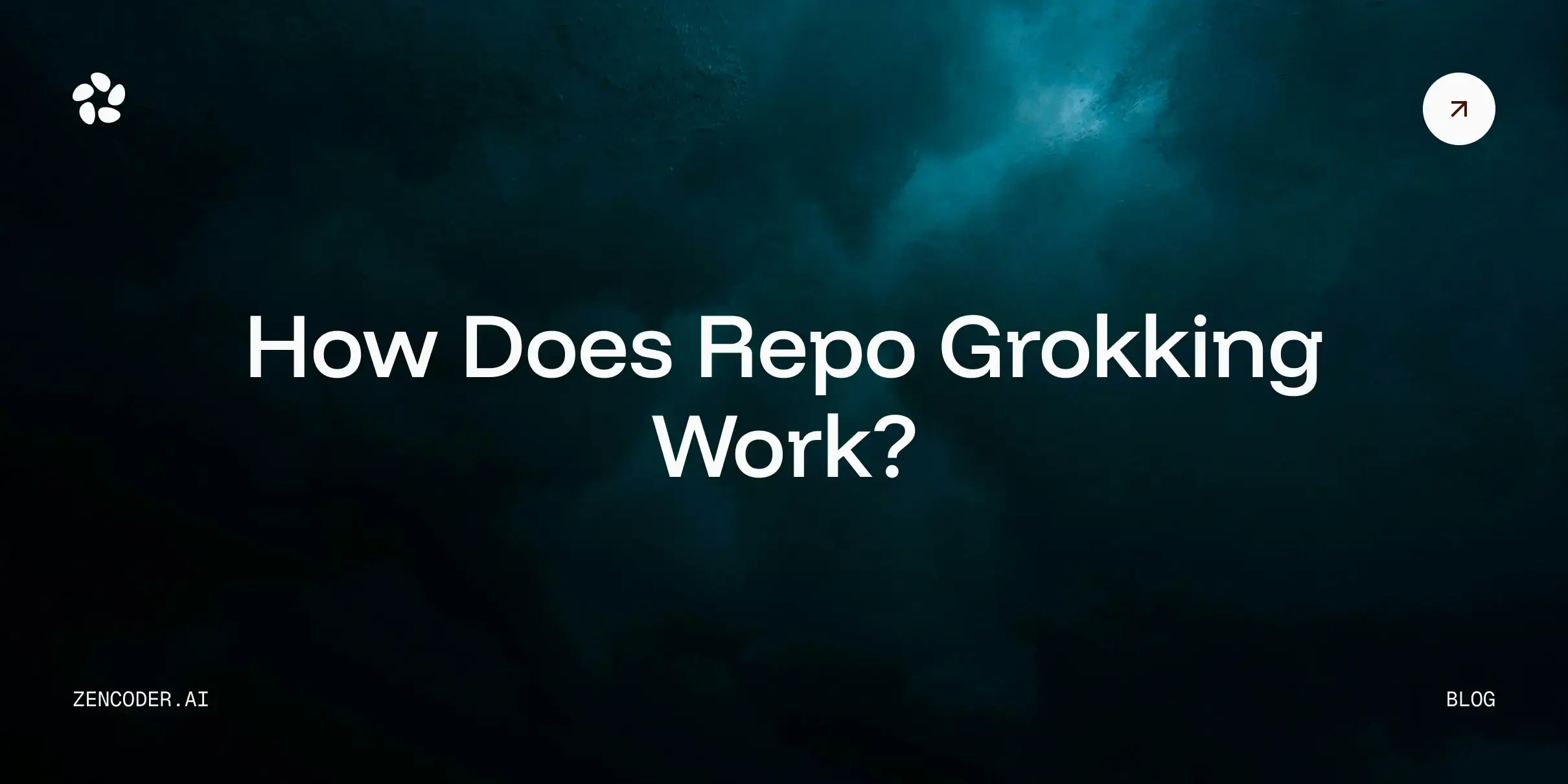1. What is Repo Grokking?
Repo grokking is the process of deeply understanding and analyzing entire code repositories. The term "grok" comes from Robert Heinlein's science fiction novel "Stranger in a Strange Land," meaning to understand something so thoroughly that you become one with it. In software development, repo grokking takes this concept and applies it to code repositories.
When we talk about repo grokking, we're not just talking about reading code. It's about truly understanding the structure, patterns, and logic of an entire codebase. This process involves several key steps. Let's break down these steps with an example. Imagine you're working on a large e-commerce platform. Here's how you might approach grokking this repo:
- Analyzing the repository structure: You'd start by looking at the main directories. You might see folders like frontend, backend, database, tests, and docs. This gives you an initial map of the project.
- Understanding the code architecture: You'd dive into each main directory. In the backend folder, you might find a Model-View-Controller (MVC) structure. You'd examine how these components interact.
- Identifying patterns and conventions: As you explore, you might notice that all database queries are handled through a specific service layer, or that there's a consistent naming convention for API endpoints.
- Grasping overall goals and design decisions: You'd look at how the system handles things like user authentication, product catalog management, and order processing. You might discover that the system uses microservices for scalability.
Repo grokking can happen at different levels, from basic to advanced:
- Basic Level: At this level, a developer might understand the general structure of the repository, the main files and folders, and have a rough idea of what different parts of the code do. For our e-commerce example, a developer at this level might know that user authentication code is in the auth folder and product management is in the products folder.
- Intermediate Level: Here, the developer would understand the relationships between different parts of the code, the main algorithms used, and the overall architecture of the project. They might understand how the authentication system interacts with the product management system, or how the inventory management ties into order processing.
- Advanced Level: At this level, a developer would have a deep understanding of not just what the code does, but why it was written that way. They would understand the historical context of the project, the reasoning behind specific design decisions, and how different parts of the code interact in complex ways. For example, they might understand why a particular caching strategy was chosen for product data, or how the system was designed to handle peak loads during sales events.
Zencoder, a company specializing in AI Agents for development tools, has introduced an AI-powered process called "Repo Grokking." This advanced system uses machine learning and other AI techniques to analyze and understand entire codebases, much like a human developer would, but at a much faster rate and larger scale.
Zencoder's AI can perform tasks like:
- Repository Structure Analysis: It maps out your repo's structure, noting directory hierarchy, file types, and configuration files.
- Language Detection: It identifies the programming languages used in your project.
- Dependency Identification: It analyzes your project's dependencies.
- Basic Metrics Gathering: It collects metrics like file count, lines of code, and language distribution.
- Code Flow Analysis: It traces data and control flow through your codebase.
- Naming Convention Analysis: It learns your project's naming conventions.
- Code Pattern Recognition: It identifies common patterns in your code.
- Comment and Docstring Analysis: Using Natural Language Processing, it extracts meaning from comments and docstrings.
This AI-powered approach can significantly speed up the process of understanding large and complex codebases, making it easier for developers to work on unfamiliar projects or maintain legacy systems.
2. Benefits of Repo Grokking
Improved Code Comprehension
One of the primary benefits of repo grokking is improved code comprehension. When developers take the time to truly understand a codebase, they can work more effectively within it.
For example, let's say you're working on our e-commerce platform and you need to add a new feature for personalized product recommendations. If you've thoroughly grokked the repo, you'll know:
- Where the user data is stored and how it's accessed
- How the product catalog is structured
- Where and how to implement the recommendation algorithm
- How to integrate the new feature with the existing frontend
- How to ensure the new feature doesn't negatively impact system performance
This comprehensive understanding allows you to implement the feature efficiently and in a way that's consistent with the rest of the system.
Enhanced Collaboration
Repo grokking significantly improves collaboration among team members.
For instance, during code reviews, reviewers can provide more insightful feedback, catching not just syntax errors but also identifying potential conflicts with other parts of the system.
Let's say a team member submits a pull request to optimize the search functionality in our e-commerce platform. A reviewer who has utilized Zencoder’s repo grokking might notice that:
- The proposed changes could affect the way product data is cached, potentially impacting performance during high-traffic periods.
- The new search algorithm doesn't account for a specific edge case that's handled elsewhere in the codebase.
- The changes align well with a planned future feature for faceted search.
This level of detailed feedback is only possible when reviewers have a deep understanding of the entire system.
Faster Onboarding
For new team members, repo grokking can dramatically speed up the onboarding process. Instead of spending weeks or months trying to understand a complex codebase, new developers can use repo grokking techniques to quickly get up to speed.
For example, a new developer joining the e-commerce project might start by:
- Reading the README and other documentation
- Exploring the repository structure
- Running and interacting with the application
- Reading through key files and modules
- Tracing the flow of a typical user action (like making a purchase) through the codebase
By systematically using repo grokking in this way, the new developer can start making meaningful contributions much sooner than if they just dove into coding without this context.
Reduced Risk of Errors
When developers truly understand the codebase they're working with, they're less likely to introduce errors. This is because:
- They understand the potential side effects of their changes
- They're more likely to write code that fits seamlessly with the existing system
- They can anticipate and prevent issues before they occur
In our e-commerce example, let's say a developer needs to update how tax is calculated for orders. A developer equipped and acquainted with repo grokking would know:
- Tax calculation is used in multiple places (order preview, final checkout, refunds)
- There's a specific module for handling locale-specific tax rules
- The system has automated tests for tax calculation that need to be updated
- Changes to tax calculation could affect reporting and analytics
By understanding these interconnections, the developer can make the necessary changes while ensuring all affected parts of the system are properly updated and tested.
3. Strategies Employed By Repo Grokking
Start with the README
The README file is often the best place to start when trying to grok a repo. It usually contains:
- An overview of the project
- Setup instructions
- Basic usage guidelines
By thoroughly reading and understanding the README, developers can get a high-level view of the project before diving into the code.
For our e-commerce platform, the README might include:
- A brief description of the project
- Technologies used (e.g., React for frontend, Node.js for backend, PostgreSQL for database)
- Instructions for setting up a development environment
- How to run tests
- Guidelines for contributing to the project
This information provides a crucial foundation for understanding the rest of the codebase.
Explore the Project Structure
Understanding the project structure is crucial for repo grokking. This involves:
- Examining the directory structure
- Identifying key files and folders
- Understanding how different parts of the project relate to each other
For example, in our e-commerce application, you might have a structure like this:
Understanding this structure helps developers navigate the codebase more effectively. They know where to look for specific functionality and how different parts of the system are organized.
Understand Commit Messages
Git commit messages can provide valuable insights into the evolution of a project. By reading through commit messages, developers can:
- Understand why certain changes were made
- Identify key milestones in the project's history
- Get context for specific code decisions
For instance, a commit message might explain why a particular algorithm was chosen, providing valuable context that isn't apparent from the code alone.
This commit message not only describes what was done, but why it was done and how it impacts the system. This kind of context is invaluable when trying to understand a codebase.
Use Version Control Tools Effectively
Version control tools like Git offer powerful features for understanding codebases. Developers can:
- Use git blame to see who last modified each line of code
- Examine the commit history to understand how the code has evolved
- Use branching and merging visualizations to understand the project's development flow
For example, using git blame on a file might reveal that a critical function was last modified six months ago to fix a specific bug. This information can be crucial when trying to understand why the code works the way it does.
4. Common Challenges and Best Practices
Dealing with Large and Complex Repositories
Large repositories can be overwhelming, making it difficult to grok the entire codebase. Some strategies for dealing with this include:
- Focus on one section at a time: Start by understanding a single module or feature before moving on to others. In our e-commerce example, you might start by focusing on just the user authentication system.
- Use code analysis tools: Tools like static code analyzers can help identify key components and relationships in large codebases. For example, a tool might generate a diagram showing how different modules interact.
- Create visual representations: Diagrams of the code structure or data flow can help make complex systems more understandable. You might create a flowchart showing how an order moves through the system from cart to completion.
Overcoming Obstacles to Repo Grokking
Common obstacles to effective repo grokking include:
- Lack of documentation: When documentation is sparse, it can be hard to understand the reasoning behind code decisions. To overcome this, you might need to reverse-engineer the code's purpose or reach out to other developers for context.
- Inconsistent coding styles: If different parts of the codebase use different conventions, it can be confusing. Implementing and enforcing a style guide can help prevent this issue in the future.
- Technical debt: Legacy code or quick fixes can obscure the original design intentions. Regular refactoring and code reviews can help manage this.
To overcome these obstacles:
- Encourage thorough documentation practices in your team
- Implement and enforce consistent coding standards
- Regularly refactor code to reduce technical debt
Best Practices for Repo Grokking
To make repo grokking more effective:
- Take notes: Keep a record of your observations and questions as you explore the codebase. This can help you track your understanding and identify areas that need more investigation.
- Use debugging tools: Step through the code execution to understand how different parts interact. Setting breakpoints and watching variable values can give you insights into the code's behavior.
- Write tests or use AI platforms to do so: Writing tests for existing code can help you understand what it's supposed to do. This is particularly useful for complex functions or modules.
- Pair program with colleague or AI: Work with a colleague who knows the codebase well to gain insights faster. They can explain the reasoning behind certain decisions and point out important aspects of the system.
- Contribute to documentation or use AI tool to generate docstrings: As you learn about the codebase, contribute to its documentation to help future developers. This could be as simple as adding comments to complex functions or as comprehensive as writing architectural overviews.
5. Conclusion
Repo grokking is a great skill to learn for modern software development. By deeply understanding codebases, developers can work more effectively, collaborate better, and produce higher-quality software. While it requires time and effort, the benefits of repo grokking far outweigh the costs.
As development tools continue to evolve, we're seeing exciting advancements in AI-assisted repo grokking, like Zencoder's Repo Grokking feature. These tools promise to make the process of understanding complex codebases faster and more efficient. For example, AI tools might be able to:
- Automatically generate documentation from code
- Identify potential bugs or inefficiencies
- Suggest refactoring opportunities
- Provide natural language explanations of complex code sections
However, it's important to remember that these tools are meant to augment human understanding, not replace it. The goal is still for developers to truly grok the code they're working with, using both their own skills and the assistance of advanced tools.
Whether you're a seasoned developer or just starting out, making repo grokking a regular part of your workflow will pay dividends in the long run. It's not just about understanding code – it's about understanding the entire ecosystem of a software project, from its architecture to its evolution over time.
As software systems continue to grow in complexity, the ability to quickly and thoroughly understand codebases will become even more valuable. By honing your repo grokking skills now, you'll be well-prepared for the challenges of future software development.
Remember, every line of code tells a story. By learning to read and understand these stories effectively, you'll become a more proficient, adaptable, and valuable developer. So the next time you encounter a new codebase, don't just skim the surface – dive in and start grokking!


![Save 90% on AI Costs Using Claude, Codex & Gemini [Guide]](https://zencoder.ai/hubfs/Universal_CLI_04.png)
